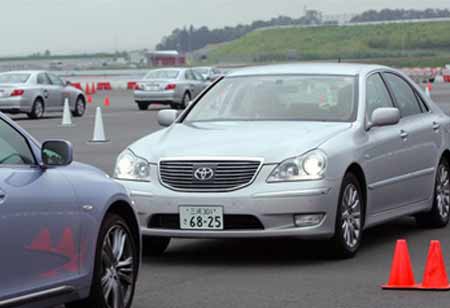The safety of a vehicle is paramount for its passengers. Thus, it is one of the major duties of automotive manufacturers to make test every safety feature.
Fremont, CA: In the elaborate automobile history, engineers always have focused on automotive safety. However, today engineers are focusing on evading accidents altogether as it is the foundation of active automotive safety. Active safety systems include features such as brake assistance, which can apply and control brake pressure if the driver has not responded quickly. Another safety system, adaptive cruise control, slows down a car when it gets too close to another vehicle. Due to its expensive nature, active automotive safety systems are only offered in luxury vehicles. However, several auto companies are building active automotive safety systems, and one of them, Daimler AG, has spent a notable amount of time testing the features.
Testing of the active systems starts in the virtual environment where system performance and mathematical algorithms can be tested to ensure that everything works perfectly. The real world tests only start once the systems are thoroughly examined on a computer. Real world tests may include humans to drive vehicles, but some safety testing uses automotive processes to ensure efficient and safer testing. To perform an automated test, the cars are set on predetermined paths and fixed speeds and may involve multiple self-driving vehicles for the analysis. Computers control the cars with an internet connection and are capable of turning off the car if it deviates from the planned course. Later, the vehicles are put in a pre-set real-world situation to see their reaction in a near-accident scenario. In a perfect scenario, the vehicles use their safety sensors, apply the brakes, and adjust vehicle settings to avoid collisions.
As of now, the test ratings for active automotive safety have not been implemented into the standard safety ratings in countries like Europe and the United States. Germany, on the other hand, is actively incorporating safety features in their vehicles as safety requirements. Automobile manufacturers are cautious about labeling it as an autonomous feature. To be on the safer side, it is marketed as a driver assistance feature as the manufacturers fear the lawsuits after an accident occurs. Thus, manufacturers need to test every safety feature to avoid lawsuits and for the well-being of the passengers.
See also:Top Safety Solution Companies

 Copyright © 2025 AutoTech Outlook. All Rights Reserved | Privacy Policy | Subscribe | Sitemap | About us | Feedback Policy | Editorial Policy
Copyright © 2025 AutoTech Outlook. All Rights Reserved | Privacy Policy | Subscribe | Sitemap | About us | Feedback Policy | Editorial Policy